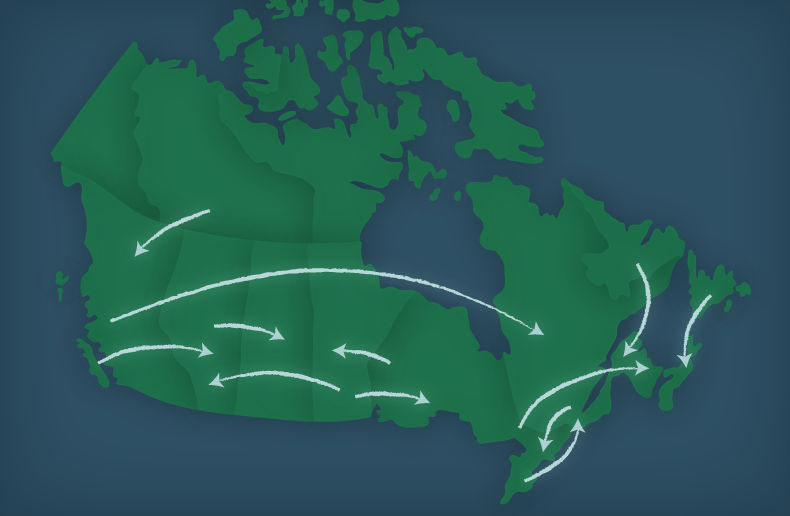Rare diseases affect 500,000 people in Quebec and 3 million in Canada. Two thirds of the patients are children. Many rare diseases are chronic, progressive and fatal. Approximately 80 per cent of these diseases are genetic in origin and their etiology is often unknown.
What’s more, only 10 per cent of the estimated 7,000 rare diseases recognized worldwide have a known treatment. Drugs can be extremely expensive. This fall, Minister Christian Dubé agreed to reimburse Zolgensma, a gene therapy for the treatment of spinal muscular atrophy, which costs $2.8 million per dose. At least 10 children are expected to benefit from this measure.
More often than not, people with rare diseases face formidable obstacles. First, patients and their families must pinpoint what disease they have. In the US and UK, it takes on average between five and seven years to zero in on the condition. People usually get two to three misdiagnoses before they get the right one.
“We need to diagnose correctly upstream, before treatments,” says Gail Ouellette, president of the Regroupement québécois des maladies orphelines (Quebec Coalition of Orphan Diseases, RQMO), during a conference presented in Quebec City at the 15th Health Industry Forum (FISQ). She also noted that the Quebec health care system is not adapted to rare diseases. Some doctors exhibit a deplorable attitude. When faced with rare pathologies they do not understand, they attribute the condition to psychological problems, she says.
Dreading January 1, 2022
Patients are facing another threat: New guidelines on state-of-the-art drugs introduced by the Patented Medicine Prices Review Board (PMPRB) are scheduled to come into effect on January 1, 2022. The PMPRB has compared Canadian prices with those of other OECD countries, and is aiming to significantly reduce the cost of drugs in Canada. To date, the implementation of this policy has been delayed twice.
The implementation date for the new Guidelines is currently January 1, unless new federal health minister Jean-Yves Duclos decides to postpone it for a third time. This is what Synergyx president Sébastien Dao hopes for, as do rare disease representatives, because very low prices could deter foreign manufacturers from marketing their state-of-the-art drugs in Canada. Canadian patients would be the ones to suffer.
National strategy overdue
Canada still does not have a national rare disease strategy. Stakeholders have been clamouring for one for years. In the spring of 2021, the Canadian government held a consultation on the issue. Canada is one of the only industrialized countries that still lacks such a plan, the RQMO complains. France has had one since 2004, and almost all European Union countries have adopted such a strategy following a 2009 recommendation. The United States introduced an Orphan Drug Act in 1983 and established an Office of Rare Diseases in 2000.
No single government or stakeholder can solve the problems of access to medicines for rare diseases, said Rutes Fernandes, General Manager in Canada of Japanese specialty pharmaceutical company Takeda, at the FISQ forum. It is unacceptable that a diagnosed patient does not have immediate access to treatment when it exists, she adds.
Fernandes has submitted a report outlining rare disease strategies from 20 countries to “assist” Health Canada in its reflection on a Canadian national strategy. The report notes that several countries use extended market exclusivity to provide an incentive and reward for the development of drugs for rare diseases. This exclusivity runs for 11 years in the United States and 12 years in South Korea. Many countries, including the United Kingdom and Austria, fund newborn screening programs that typically cover a wide range of rare diseases, Fernandes points out.




